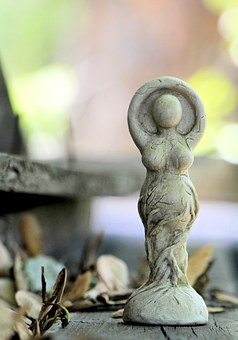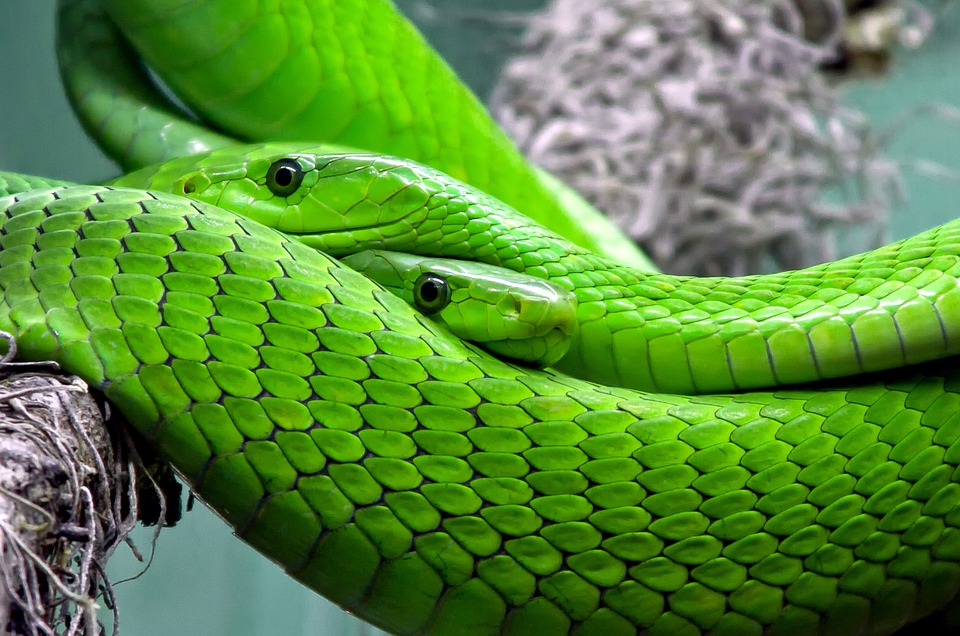God of fortune. Ibo [Nigeria, West Africa]. A benevolent deity who guides the hands of mankind. He is depicted wearing a horned headdress, and carrying a sword and a severed head. He is invoked as a household guardian.
Tag: Guardian
Atargatis
Mother goddess. Northern Syrian. She enjoyed major cults at Khirbet Tannur, where she is depicted as the vegetation goddess in nine separate variations, and at Khirbet Brak, where she is associated with dolphins. She often carries a cornucopia linking her with the goddess TYCHE (fortune) and may commonly be flanked by lions. She sometimes carries a rudder or wears the mural crown of a city guardian. There are hints of sky affinities in some depictions, with a sign of the zodiac or a nimbus-like veil.
Agathos Daimon (good demon)
God of fortune. Greco-Roman. Known locally from Alexandria and depicted in the form of a snake. May have originated as an androgynous fertility spirit, but later becomes identified as the consort of Agathe Tyche (see TYCHE). Libations were made regularly to this deity after meals and he was regarded as a friendly household guardian.
12th C. Herbal Invocation
INVOCATION
‘Earth, divine Goddess, Mother Nature who generates all things
and brings forth anew the sun which you have given to the nations;
Guardian of sky and sea and of all gods and powers….through your
power all nature falls silent and then sinks in sleep. And again
you bring back the light and chase away night and yet again you
cover us most securely with your shades. You do contain chaos
infinite, yea and winds and showers and storms; you send them out
when you will and cause the seas to roar; you chase away the sun
and rouse the storm. Again when you will you send forth the joyous
day and give the nourishment of life with your eternal surety; and
when the soul departs to you we return. You are indeed duly called
Great Mother of the Gods; you conquer by your divine name. You are
the source of strength of nations and of gods, without you nothing
can be brought to perfection or be born; you are Great Queen of the
Gods. Goddess! I adore thee as divine; I call upon your name; be
pleased the grant that which I ask of you, so shall I give thanks
to thee, Goddess, with due faith.




